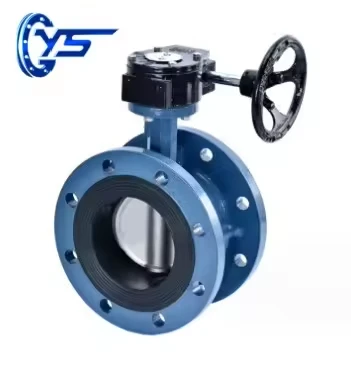Threaded Wye Strainer for Efficient Fluid Filtration and Pipeline Protection Solutions
Understanding the Threaded Wye Strainer A Key Component in Fluid Systems
In the realm of fluid management and processing, maintaining the integrity of pipelines and ensuring the efficiency of fluid flow is paramount. Among the various components that facilitate this is the threaded wye strainer. This sturdy device plays a crucial role in safeguarding systems from debris and contamination, thereby enhancing performance and longevity.
What is a Threaded Wye Strainer?
A threaded wye strainer is a type of filter designed to remove unwanted particles from liquids or gases flowing through pipelines. Its distinctive wye shape, characterized by a branched configuration, allows for efficient flow and easy installation. The term threaded indicates that the strainer has threaded connections, enabling it to be easily screwed into existing piping systems. This feature makes it particularly versatile and convenient for maintenance and replacement.
How Does It Work?
At its core, the threaded wye strainer operates on a simple principle as fluid flows through the strainer, it encounters a mesh screen or perforated element that traps debris while allowing clean fluid to pass through
. The design facilitates a low-pressure drop, ensuring that the flow rate is minimally affected while effectively filtering contaminants.The wye shape is advantageous because it allows for multiple lines of flow. This configuration can effectively manage larger volumes of fluid and optimize system efficiency. The strainer can be installed in any orientation, although horizontal installation is commonly preferred for ease of maintenance.
Benefits of Using a Threaded Wye Strainer
threaded wye strainer

1. Effective Filtration The primary advantage of a threaded wye strainer lies in its ability to filter out contaminants like rust, scale, and sediment. By preventing these particles from entering critical components such as pumps, valves, and heat exchangers, the strainer protects the integrity of the system.
2. Ease of Maintenance The threaded connection allows for straightforward installation and removal, making maintenance a hassle-free process. Many models come with a removable screen that can be cleaned or replaced without disassembling the entire line, ensuring minimal downtime.
3. Durability Typically constructed from robust materials such as stainless steel or bronze, threaded wye strainers are designed to withstand harsh operating conditions, including high pressures and corrosive environments. This durability leads to a longer lifespan and lower replacement costs.
4. Versatile Applications Threaded wye strainers are utilized across various industries, including water treatment, oil and gas, chemical processing, and HVAC systems. Their adaptability makes them a reliable choice for diverse fluid management needs.
5. Cost-Effectiveness While the initial investment in a high-quality wye strainer may seem significant, the long-term benefits—such as reduced equipment failure and maintenance costs—make it a wise choice. Ensuring a clean flow reduces the need for costly repairs and prolongs the life of the entire system.
Conclusion
In summary, the threaded wye strainer is an indispensable component in fluid systems, offering effective filtration, ease of maintenance, and durability. Its unique design not only safeguards critical equipment but also contributes to the overall efficiency of a fluid management system. Whether in industrial applications or residential settings, incorporating a threaded wye strainer can significantly enhance the performance and reliability of fluid handling operations. A small investment in such a strainer can yield significant returns in the form of operational reliability and equipment longevity, making it a smart choice for engineers and technicians alike.
-
The Key to Fluid Control: Exploring the Advantages of Ball Valves in Industrial SystemsNewsJul.09,2025
-
The Versatile World of 1, 2, and 3 Piece Ball ValvesNewsJul.09,2025
-
Stainless Steel Ball Valves: The Ideal Choice for Efficient Flow ControlNewsJul.09,2025
-
Optimizing Fluid Control with Ball Float ValvesNewsJul.09,2025
-
Manual Gate Valves: Essential for Control and EfficiencyNewsJul.09,2025
-
Everything You Need to Know About Butterfly ValvesNewsJul.09,2025
-
The Versatility of Wafer Type Butterfly ValvesNewsJul.08,2025




